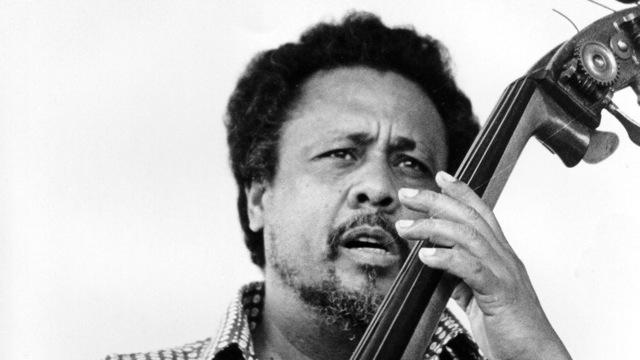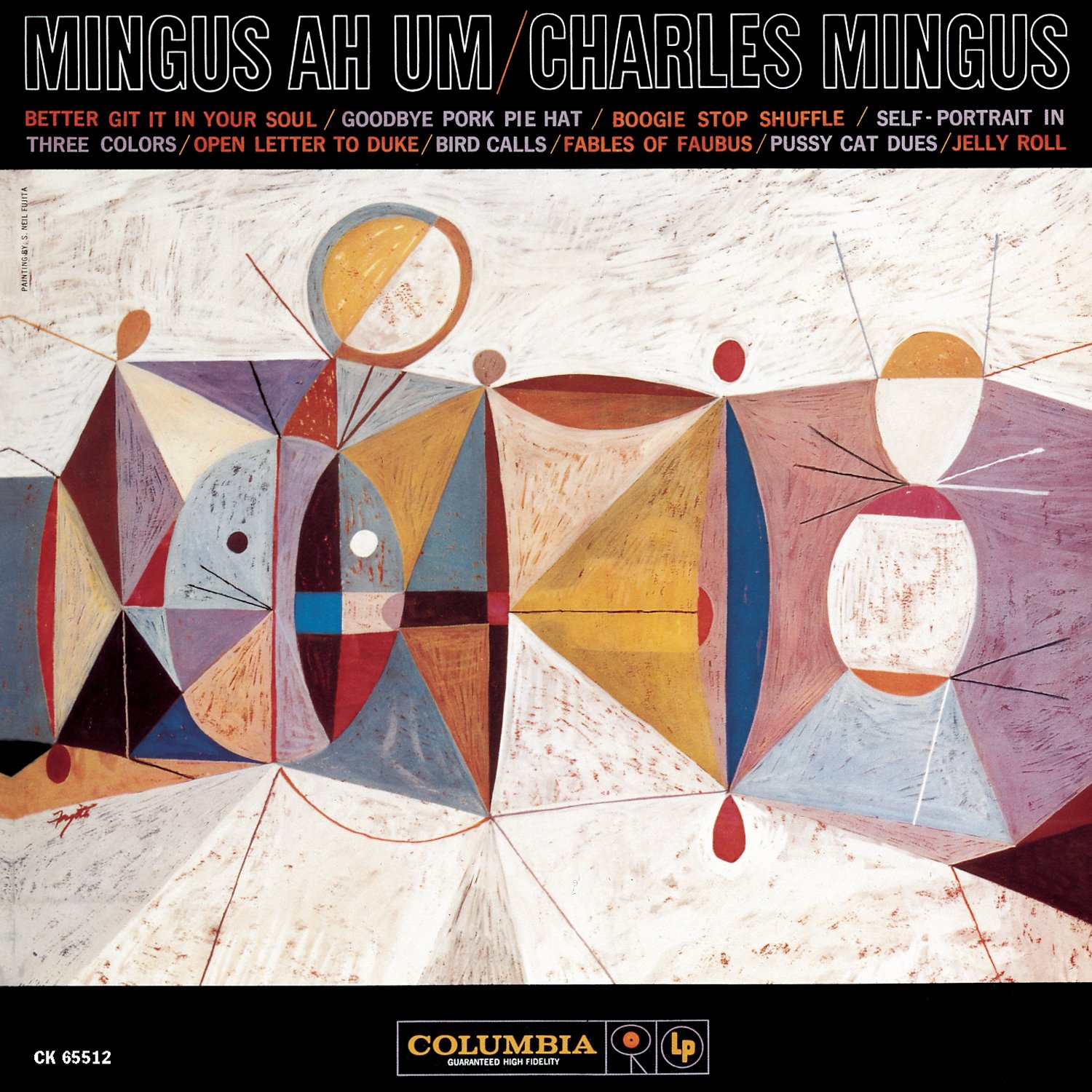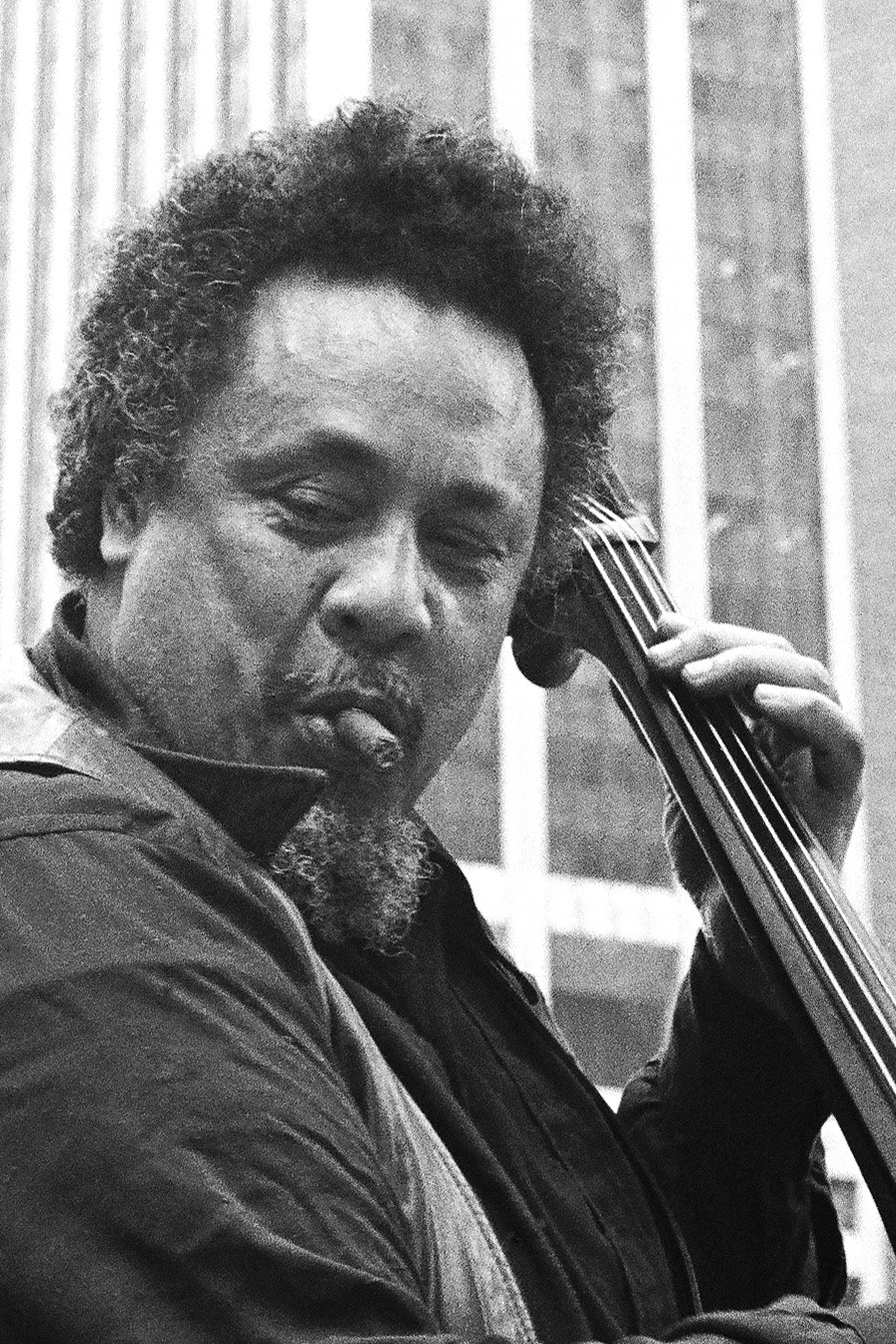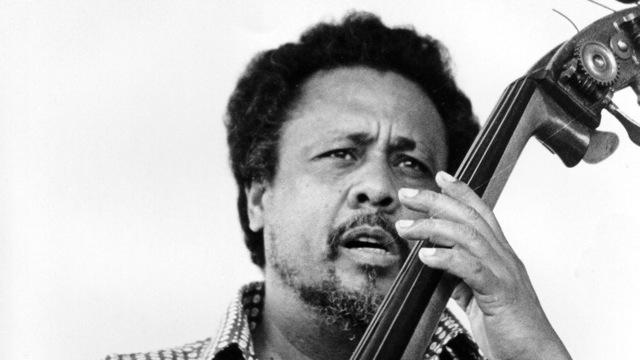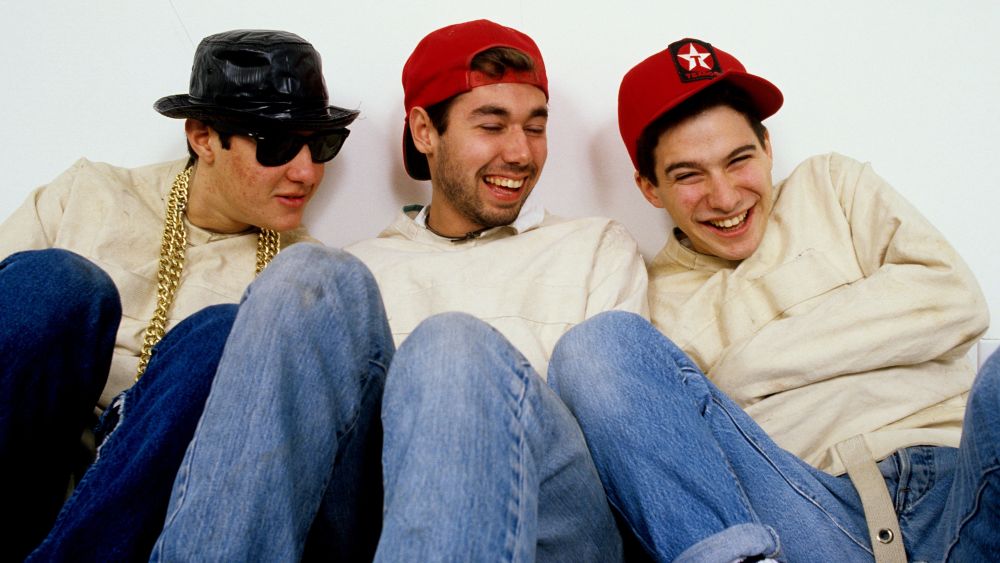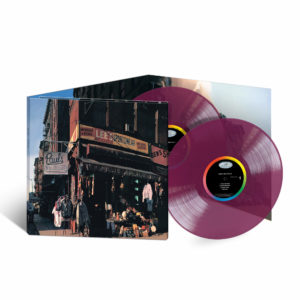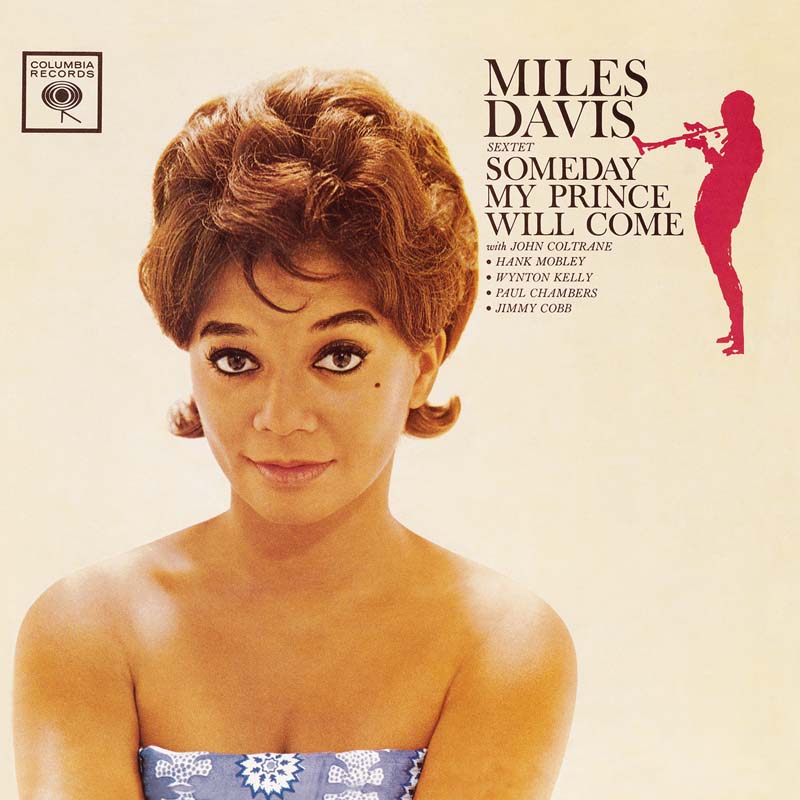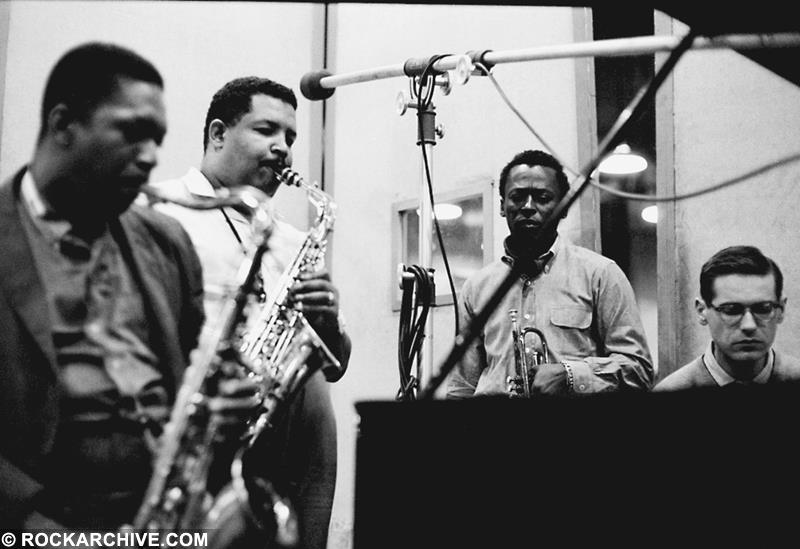Trench
Twenty One Pilots
One of the reasons it’s so easy to extol the merits of an album 50 years past us is that we can fit them into a established timeline. This helps us know with a reasonable certainty what is brilliant. After all, when you already know the destination, it’s much easier to see who drove you there and how. Older albums make for easier and safer critiques; however, great production/sound is not really about being safe. It is about going the long way around for the smallest of improvements. Critics should accept the same challenge.
Unlike most depressive musical meditations on the alienating nature of 21st century society, Trench is so cohesively artistic, so realistically self-depreciative, that it does more than rise to the standard of modern album art; it creates an impressive bar. A pastiche of groovy loops pushed through a trendy production framework and swirled together with a post-modern acknowledgment of the neurosis that drives youth culture; Colombus, OH natives Twenty One Pilots have created the best version of their sound yet.

From the start, “Jumpsuit” packs a lot of adrenaline into a single track. Melodic sirens and grungy synths blast the chorus, subsiding occasionally to offer a wide arena for Tyler’s vocals and provide a beautifully stark contrast from the distorted soundscapes. The vocal work on Trench is at once both robotically digital and cuttingly personal, while sound production is a study in the playground of contemporary compression. Other high energy tracks like “The Hype” and “Nico And The Niners” make use of these same stretches of calm during strategic moments.
To be fair, a few feel like echoes of the work that brought them into the national spotlight: tracks like “Stressed Out” “Ride” and my personal favorite hit from 2011’s Vessel: “Holding On To You”. Not unlike the Beastie Boys we looked at in October, there is a certain youthful joy to their earlier hip-hop efforts that’s playful and endearing. The themes of darkness that emerge are often side acts to this exuberance, an ironic twinge. For example, despite the undeniable brilliance of “Car Radio” off Vessel, its placement between the excessively poppy “House of Gold” & “Semi-Automatic” undercuts its emotional impact. It’s choices like this which give the false impression that Twenty One Pilots is just a pop band, capable of moments of profundity but ultimately not to be taken seriously.

A decade has matured the band though, for the better. A track like “Neon Gravestones” from Trench doesn’t waste time designing metaphors that serve to distance Tyler and the listener from the song’s message. Instead it attacks the jugular, stripping out the ADD fueled momentum they thrive off and daring the audience to turn away. It’s growth in a measurable way. In a similar vein are “Bandito” and “Leaving Town”, though they lack the same lyrical devastation and coherency. Still, it is enough to see how much the band has learned to trust their own sound.
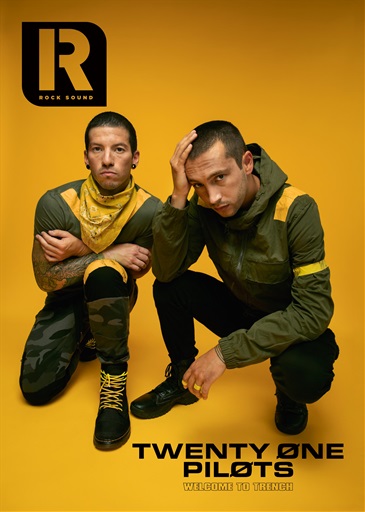
Of course, my favorite songs off Trench negotiate this line of momentum and vulnerability. “Morph” might be my favorite song they’ve ever produced. The combination of lyrical honesty and multi genre-influenced hip-hop is ruthlessly catchy. Tyler morphs into someone else when he needs to because he is capable of doing it and uncertain of his own identity, but the process is just as much about others expectations as it his own lack of a distinct identity. “Morph” is a metaphor for the album itself, which also seems to piece an external mask together from existing parts, aiming to disguise, please and occasionally reveal. “My Blood” is a clinic in how to write a catchy pop song, hinging off excellently mixed drum and bass lines that hold the line so well the synth parts can drift freely across the sonic landscape. “Morph” and “My Blood” both use drums that negotiate a punchy drive between the steady momentum of Disco and the rhythmic fills/orchestral hits of Hip-Hop.
To be fair, it is far from a flawless work. I hate “Chlorine” which seems to hope that a minor-key sound effect is enough to change a repetitive and unimaginative major-melody line. “Cut My Lip” finds itself in a similar wheelhouse with little evolution of the main melody, but at least the lines they pull out of it are better sculpted. “Smithereens” is done 45 seconds in, and I can’t say the extra two minutes add anything of value besides a beat. Sometimes they just seem to fall in love with their own hooks and forget to actually evolve them.

Like “House of Gold” off Vessel, Twenty One Pilots are also prone to these moments of pure, upbeat, ukulele-based pop (“Legend” on Trench) that really take me out of their work. That’s not to say this playful sound is impossible to weave into a format like this, but it requires a nuance they often bowl right through with their brand of heavy handed irony. When the strategy actually hits though, we get “Pet Cheetah”, which blurs the lines of upbeat and introspective. When this is what they’re capable of creating, a track like “Chlorine” kind of feels like an underdeveloped disappointment.
Yet there is a reason I picked this album first in our look at modern albums: it’s simply fantastic. Enjoyable from front to back and an emotional ride filled with devastation, driving pessimism and a tentative, youthful hope the band has never lost. The vulnerability Trench offers is something special; it elevates this album past the realms of simple pop and demands to be acknowledged as something original. For Twenty One Pilots, this album caps off an excellent decade of evolution as musicians; I’m look forward to what might come.

